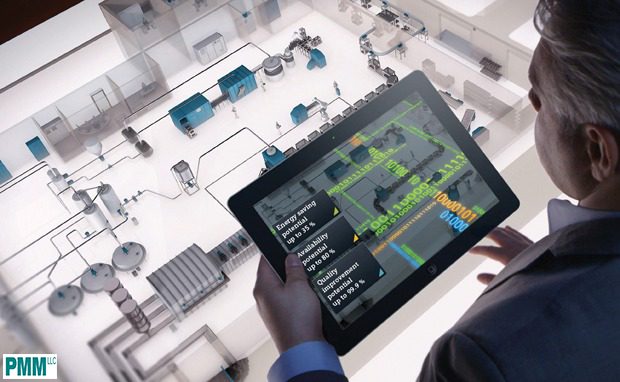
Features and Benefits
- Sensors: transforming conditions of reality into an electrical signal that can be measured and analyzed.
- Signal conditioner: Filter and convert conditions into digital information.
- Analog to digital signal converter: It is the key to any data acquisition process.
- Convert data into useful information: Data is transferred to a SBC or via a bus to a central Server for further analysis.





